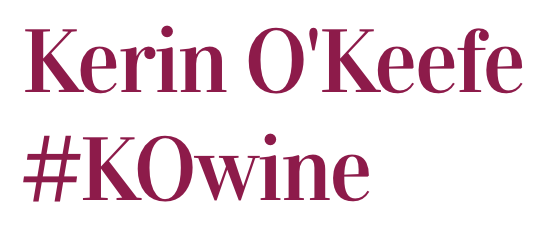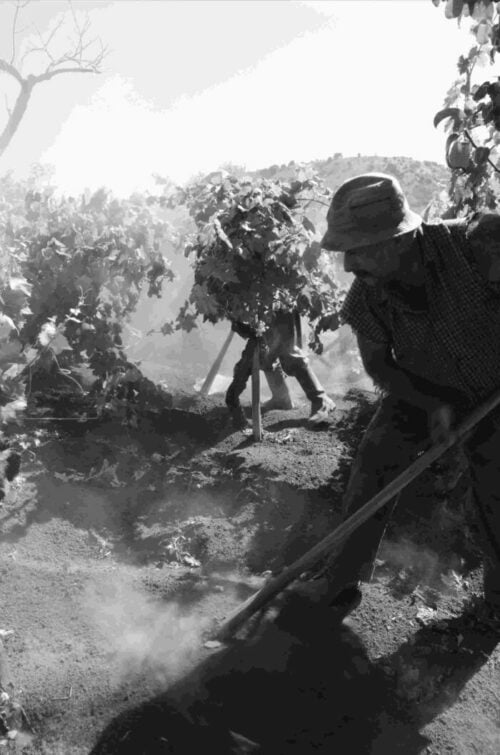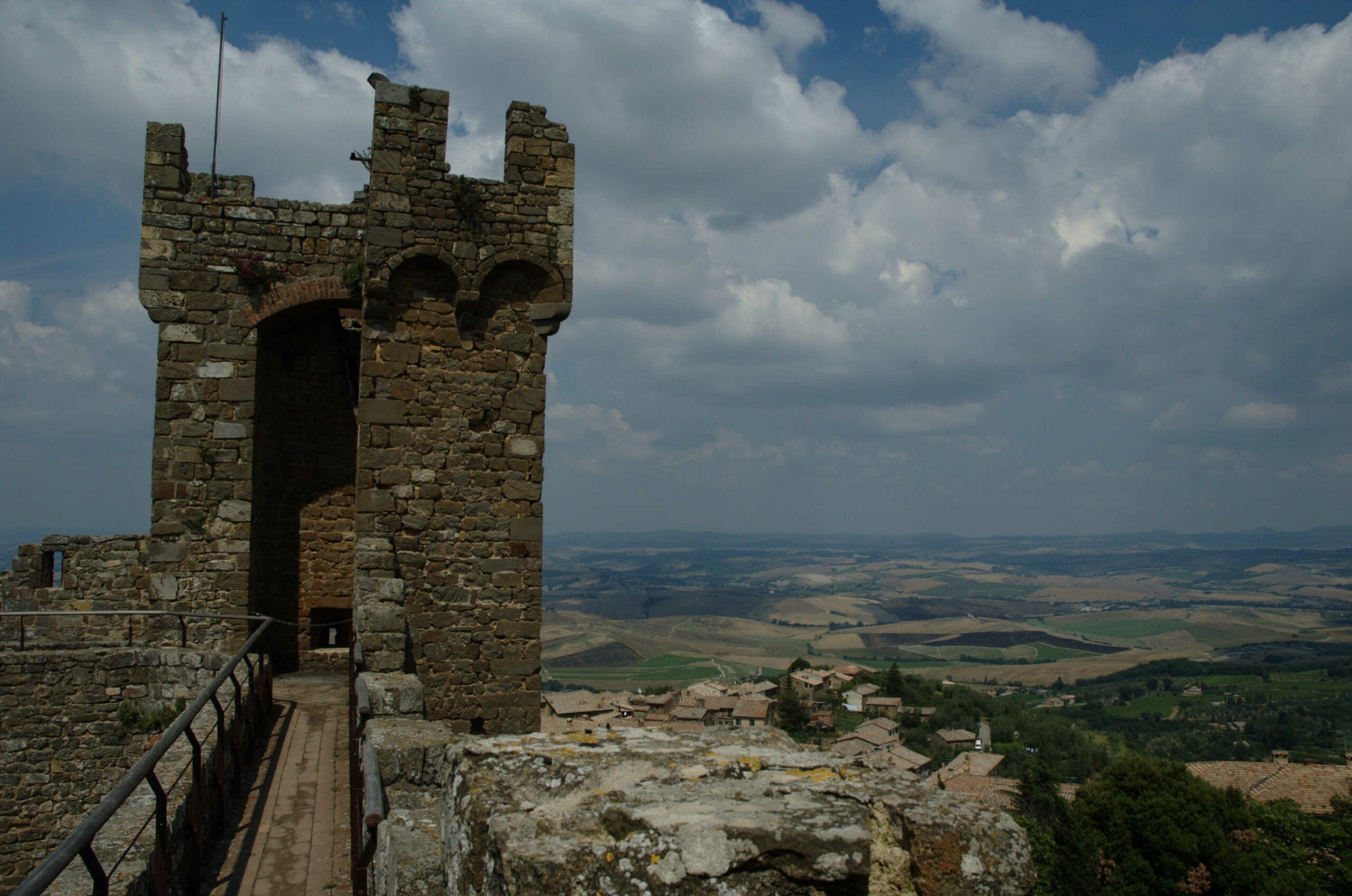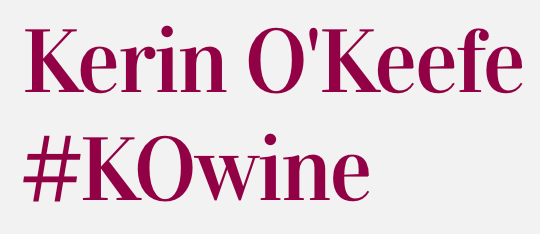No one can deny that Italian wine has benefitted from a great string of very good and outstanding vintages over the last fifteen years. Hot, dry summers have – with few exceptions, such as 2013 and 2014 – replaced the cooler, wetter harvests that often plagued much of Italy up until the late 1990s. That means reaching ideal grape ripening, for decades one of the major concerns for growers – particularly in northern and central Italy – isn’t the all-consuming challenge it used to be and overall quality better than ever.
But there’s a caveat: rising alcohol levels.
And climate change isn’t the only culprit. Back in the early 1990s, to combat a string of disastrous vintages, producers overhauled vineyard practices to combat the cold, humid temperatures and to increase quality overall. Planting at higher densities with low-yielding clones, short pruning, green harvesting (eliminating bunches that aren’t perfectly ripe about a month before the harvest), completely defoliating the leaf canopy and extending hang time (how long grapes remain on the vines) became common techniques to encourage ripening.
But the combination of these vineyard practices and climate change is yielding an increasing number of wines with alcohol levels that used to be seen only in the New World and in Amarone, which is made with withered grapes.
My collection of empty bottles of wines that I’ve particularly enjoyed over the years shows that many Barolos, Barbarescos and Brunellos from the 1980s and 1990s boasted 13.5% on their labels while those from the 1960s and 1970s generally stated between 12.5%-13.5%. These days, it’s rare to find less than 14% on labels of Italy’s top quality reds, with 14.5% being more common. As Donatella Cinelli, a leading producer in Montalcino told me in 2013 during the annual Brunello press tastings when I asked her about rising alcohol levels in the denomination, “If twenty years ago Montalcino’s producers had difficulty reaching 12% alcohol, now we can almost never keep the alcohol under 14%.”
If 14 and 14.5% were the norm just a few short years ago, more and more Brunellos now state 15% (a few even 15.5%) on their labels. They’re still a minority, bit it’s a growing phenomenon, and one that isn’t isolated to Montalcino or Tuscany. Particularly hot vintages like 2007 and 2009 are having the same effects in Barolo and it’s no longer uncommon to see whites with 14% abv. Seeing that Italy’s regulations allow a half point of flexibility, this means wines labeled 15% are closer to 15.5%, while those declaring 15.5% are nearer 16.
If a wine has enough fruit richness and fresh acidity to support the alcohol, I don’t find it defective. But I don’t like evident alcohol sensations in wine. It not only gives the wine a ‘hot’ character at the expense of vibrancy and freshness, but it also masks aromatics and flavor profiles, giving the wine a one-dimensional, homogenous character. The biggest issue I have with wines marred by noticeable alcohol is their lack of balance: balance between fruit richness, tannic structure and fresh acidity is a benchmark for quality wines. When the heat of alcohol overwhelms a wine, it loses this equilibrium.
I’m not alone in my criticism. According to Jamie Wolff a partners at Chamber Street Wines in New York City, “Our customers are definitely aware of higher alcohol levels in Italian wines, and will very frequently request and select lower-alcohol wines.”
Italian authorities have noticed and have acted. In 2013 Italy’s Minister of Agriculture passed a decree allowing emergency irrigation to combat heat waves and drought, even in denominations like Brunello and Barolo that are by law dry-farmed. And according to Fabrizio Bindocci, president of the Brunello consorzio, growers have petitioned to insert a decree to allow emergency irrigation into their production regulations.
Growers have other options to contain alcohol levels, including scrupulous management of the leaf canopy to protect grapes from the sun, reducing the green harvest and by reducing hang time. Others have eliminated harsh chemicals and feel it helps the plants find the right balance.
But other Italian producers seem happy to watch the alcohol levels rise, perhaps because for years, muscular, high alcohol wines earned top scores from a number of critics. One of the reasons for this is that in lineup of dozens of wines, robust wines with evident alcohol stand out. But in real life, I find these are the same wines that are often left unfinished on the table because are a chore to drink and impossible to pair with food.
I don’t reward wines with searing alcohol sensations: it’s a fault that skillful winemakers avoid by using the appropriate methods in the vineyards and cellars.
Last modified: December 20, 2023




